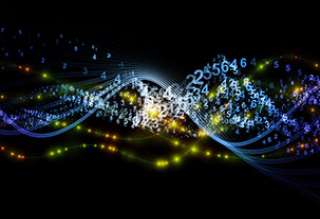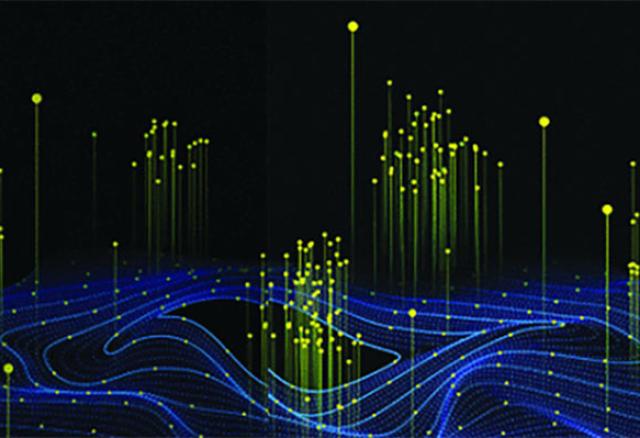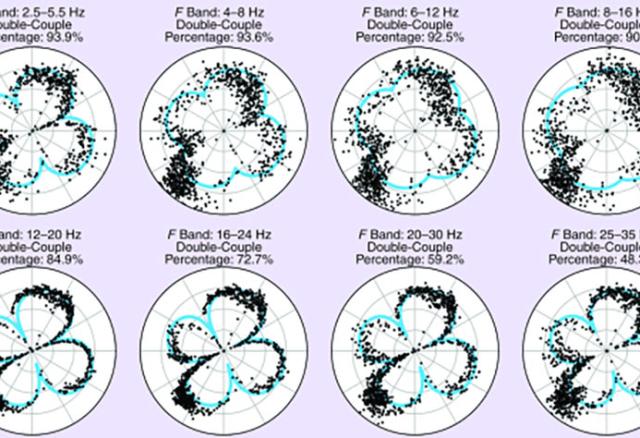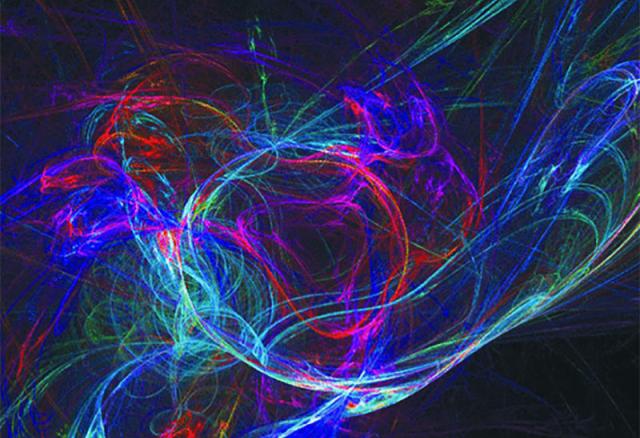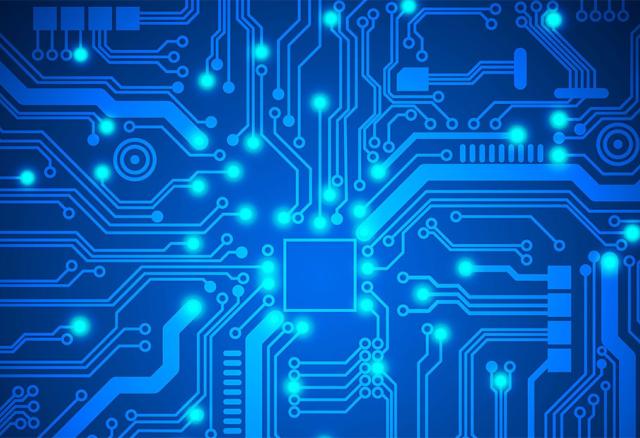Radio Map Estimation: A data-driven approach to spectrum cartography
Radio maps characterize quantities of interest in radio communication environments, such as the received signal strength and channel attenuation, at every point of a geographical region. Radio map estimation (RME) typically entails interpolative inference based on spatially distributed measurements. In this tutorial article, after presenting some representative applications of radio maps, the most prominent RME methods are discussed.

